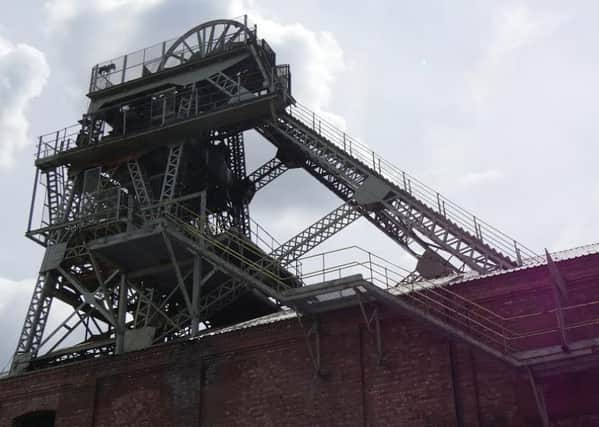COLUMN: Future can be bright for ex-mining towns


It’s closure marked the end of coal mining in Nottinghamshire. Literally, the end of an era.
I came into this world a mere 20 years ago, so I never lived in a coal mining community in its heyday, but I didn’t have to be around then to understand the significance of the former mines, both as a source of employment but also as a hub for the local community.
Advertisement
Hide AdAdvertisement
Hide AdHaving lived in Sutton-in-Ashfield for most of my life, and having a grandfather who was himself a miner, it is clear to me that the mines played a vital role in people’s lives.
Now the pits are gone. Everyone knows that. As a student at the University of York, I meet people from all over the country there. Most know about the coal mines. Well, they know about the miners’ strikes and of the closure of the pits. But beyond that, there is nothing. It seems that when the pits closed people stopped paying attention to the former industrial heartlands.
Media portrayal of former mining areas leans towards the nostalgic for the most part, we’re often looking back on what happened or what has been lost. And yet, such former industrial heartlands have a future, even if that future is somewhat uncertain.
It is for this reason that myself and a small crew of fellow students are working on a documentary to hear from those in a former mining community.
Advertisement
Hide AdAdvertisement
Hide AdThe present is often neglected in favour of the past, an error we intend to correct. Our particular focus is on Edwinstowe and the nearby Thoresby Colliery. Edwinstowe’s story isn’t typical. The pit only closed in 2015, and many of the miners at the time of the pit’s closure lived outside of Edwinstowe.
The mining community had been in decline for a while, the 2015 closure being the final nail in the coffin.
Additionally, the village has a strong connection to the tourism industry through the nearby Sherwood Forest; a luxury no other post-industrial community has. In some cases, former collieries have been preserved, such as Pleasley Pit which is now a museum operated by volunteers.
Such preservation is not common however.
In the Edwinstowe area at least, development is taking place at a dizzying pace.
Advertisement
Hide AdAdvertisement
Hide AdThere are proposals to build hundreds of new homes on the former colliery site, as well as plans to build a new visitor centre on the edge of the village for visitors to Sherwood Forest.
There’s also potentially going to be an extension to the Robin Hood Line to connect the village to the rail network. Oh, and let’s not forget the new solar farm that was constructed opposite the former colliery site. In short, it’s all change. Communities such as Edwinstowe, which, for the best part of a century had been defined by the looming headstocks of the collieries, are having to find a new voice in the post-industrial age.
The question is. What now? Sutton-in-Ashfield, Mansfield, and elsewhere in the county and beyond don’t all have the opportunity to create a tourism industry. Certainly, our area can no longer rely on industries to glue communities together, therefore we need a new approach to foster a community spirit in the post-industrial world.
For more information on our documentary, Embers, please visit our crowd funding page: https://yustart.hubbub.net/p/embersdoc or contact us at [email protected]